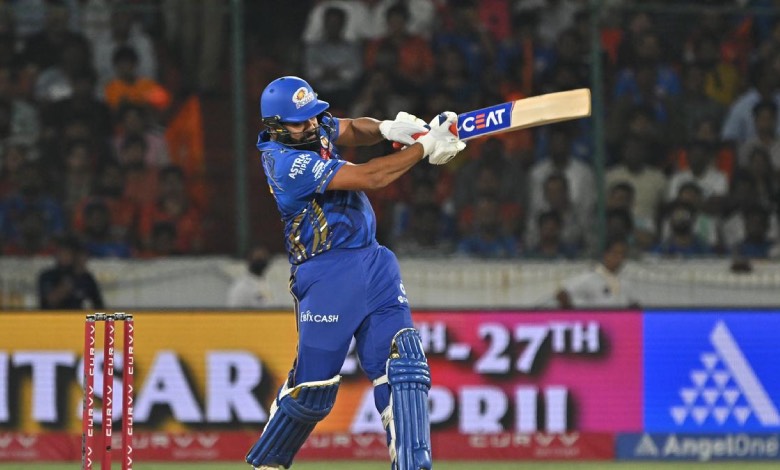The Board of Control for Cricket in India (BCCI) has stripped Rohit Sharma of his role as One-Day International (ODI) captain, handing the reins to rising star Shubman Gill ahead of the upcoming series against Australia. This move, endorsed by chief selector Ajit Agarkar, signals a strategic pivot toward long-term planning for the 2027 World Cup in South Africa. Yet, as former India opener Sunil Gavaskar sees it, this change heralds a cascade of challenges for the veteran duo of Rohit and Virat Kohli, whose international futures now hang in precarious balance.
Gavaskar, a cricketing legend with 125 Tests under his belt, views the decision not as an isolated step but as the opening salvo in a broader reckoning. Speaking to Sports Tak, he emphasized that age—Rohit turning 40 and Kohli nearing 39 by the tournament’s start—plays a part, but the real hurdle is sustained match readiness. Having stepped away from Test and T20I formats, ODIs represent their sole remaining international outlet. With the global calendar skewed heavily toward shorter white-ball games and red-ball Tests, opportunities for ODI exposure are dwindling.
“We don’t know whether Rohit Sharma will be ready for the 2027 World Cup,” Gavaskar explained. “He only plays ODIs now, and if we see the international calendar, the Indian team isn’t playing too many ODIs. Bilateral tours mostly include Tests and T20Is. If he only plays 5-7 ODIs in a year, he won’t get that kind of practice, which you need for a big tournament like a World Cup. If his place in the team isn’t certain, the decision to prepare Shubman Gill was taken.”
Gavaskar lauded Rohit’s tenure, crediting him with steering India to victories in the Champions Trophy and the preceding T20 World Cup. “There’s no two ways about his captaincy,” he affirmed. “But even he (Rohit Sharma) agrees with this decision because if you need to think two years ahead, then a young captain needs to be prepared. And this is the thought process the selection committee went ahead with.”
The path forward appears steep. India faces at least 27 ODIs before the 2027 showpiece, though additional fixtures may emerge via the Future Tours Programme (FTP). Still, this tally pales against the proliferation of T20Is, and the matches are unevenly distributed. Rohit and Kohli’s aversion to domestic competitions like the Vijay Hazare Trophy further complicates their preparation, limiting their ability to sharpen skills in the 50-over format.
Gavaskar issued a stark advisory to the pair: “Of course. If you are non-committal, if you can’t say whether you’ll be ready for the next two years, be ready [for more bad news]. Even they are aware that if they only have to play ODI, there are rarely any. For that, they need to practice more and play something like the Vijay Hazare Trophy. This is possibly why they have taken that stance.”
The duo’s ODI comeback looms large, with India set to host Australia for a three-match series beginning October 19. Subsequent engagements are slated for December and January, offering a glimpse into their form. While their resolve to extend careers remains a personal choice, the selectors’ gaze is firmly fixed on building a resilient unit for the World Cup horizon. For Rohit and Kohli, the message is unequivocal: adaptation or obsolescence.
